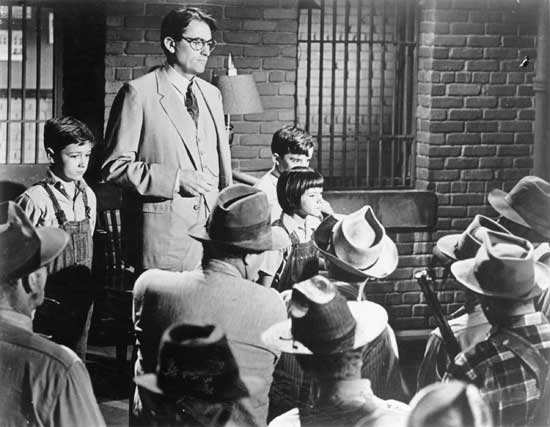 Atticus Finch. Holden Caulfield. Hamlet. Jane Eyre. Anna Karenina. Madame Bovary. According to The Fictional 100, by Lucy Pollard-Gott, PhD, these characters live on in our imaginations. There are basic personality types that all players in a story should embody. These tips will help you construct a framework to design your memorable characters.
Atticus Finch. Holden Caulfield. Hamlet. Jane Eyre. Anna Karenina. Madame Bovary. According to The Fictional 100, by Lucy Pollard-Gott, PhD, these characters live on in our imaginations. There are basic personality types that all players in a story should embody. These tips will help you construct a framework to design your memorable characters.
People-watching is a great way to find new characters. Once you meet someone memorable, try interviewing them, like a reporter. Ask meaty questions, like “What would you do if someone stole from your mother?” or “What’s the best meal you’ve ever eaten?” If it’s impossible to speak to them, you can always conduct the interview in absentia. Use your literary license to speak for them.
What are your character’s value statements or core beliefs? All players have goals, vices, motivations and dreams. No human is purely good or evil. What is important to them? How would they act in a given situation? After you gather data, create a timeline for your protagonist’s life. Fill in the details as you become acquainted with them.
A personality assessment test will give you insight into your character’s…er, character. The Myers-Briggs Personality Assessment is widely used in business to determine an employee’s strengths (and weaknesses). StrengthsFinder 2.0 identifies your top five of 34 themes, such as Achiever, Activator, Empathy, Futuristic or Strategic, while the Kiersey Temperament Sorter II sorts subjects into four categories: guardians, rationals, idealists and artisans. You can find these tests on the companies’ websites. Simply answer the questions as if you were your character.
Once you determine your character’s personality archetype, the next hurdle is an emotional dilemma or internal conflict. James Scott Bell wrote, in Conflict & Suspense, “The stakes in an emotionally satisfying novel have to be death.” This might be physical, professional or psychological death. They must make a choice.
If you want your reader to care about your story, they have to care about your characters. Readers will emotionally connect with your characters if you give them some type of flaw. It should be a vital inner flaw, one that is in opposition to their strengths. If they’re extremely organized and well-dressed, they might be a control freak. If they are courageous, they may be overprotective. You don’t want your character to be superhuman. There should be an internal struggle going on inside your characters. The object of your story is to have your players face, and ultimately overcome, that conflict.
Janet Evanovich, prolific novelist and author of How I Write says, “It’s important to tell a good story, but it’s critical to have memorable characters.” She continues, “Once your reader has met a compelling character, he will want to know everything about him—where he’s been, where he’s headed, what he’s all about. He learns this by watching the character in action, by watching him make decisions and choices.”
Does your reader have to love your character? No, but they must feel something. The opposite of love is not hate, it is ambivalence. Readers connect with characters that have strong opinions, make them think, fight back against adversity, and take huge risks. Their stories are eternal, in your readers’ imaginations.


Carol, you have made some great suggestions in this post! Some I’m taking notes on and going to try out myself. I love to find new ways to do old things. Even if they aren’t “new”, they are to me and that’s what makes writing so exciting for me sometimes. I can play and experiment and see what unfolds!
Characters are typically what drive my stories and to get further into their heads is something I really want to do! Thanks!
Excellent post, Carol. You covered this subject very well and your list of memorable characters is indisputable, although I’ve never read Madame Bovary. Another good source for information to help build strong characters is The Writer’s Guide to Character Traits. It’s huge and I’ve not read it cover to cover, but it’s a great reference.